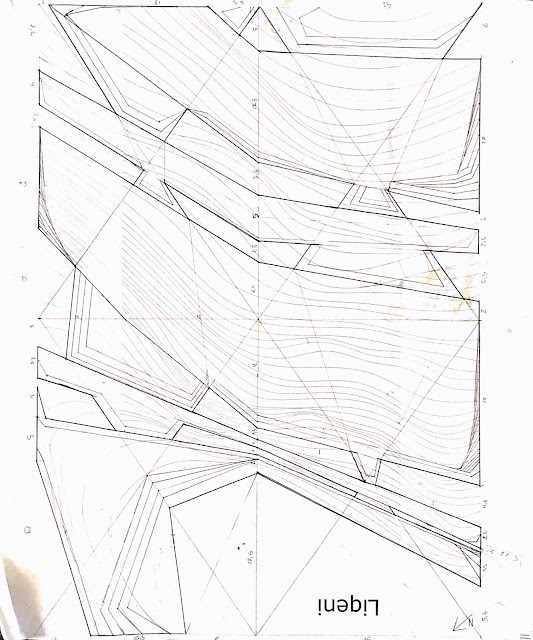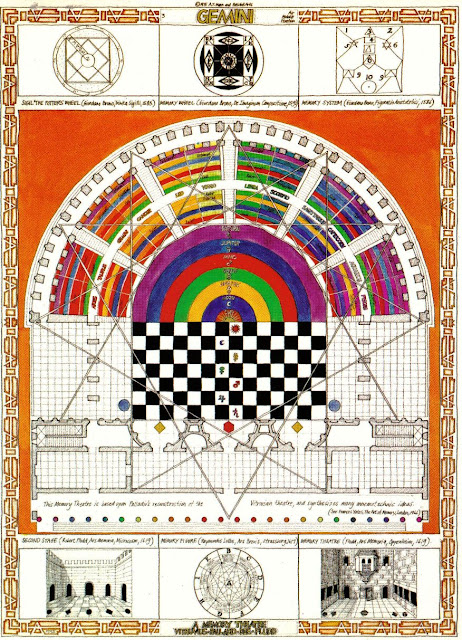Week Review "Architecture, Ethics and Technology"
In the first chapter of this book, "Architecture and the question of Technology", we are introduced with an observation of the nature of art and technology in time which in the end are synthesized in relation to architecture. Throughout the first chapter of the book, there is expressed a sense of the philosophical movement of Phenomenology (which focus on the physical individual experience). Alberto Perez-Gomez, one of the authors of this book, is himself an architectural theorist who supports the above mentioned philosophy and manages to convey it in his writing on art and technology. At the beginning of his argument, the author aims to clarify the main knowledge misgivings, which he shall later explain in detail, regarding the nature of technology as well as the universality of instrumental thinking. It is exactly this mode of thinking which tends to generally oversimplify terms during discussions, thus reducing a complex matter of issues regarding cultural meani

